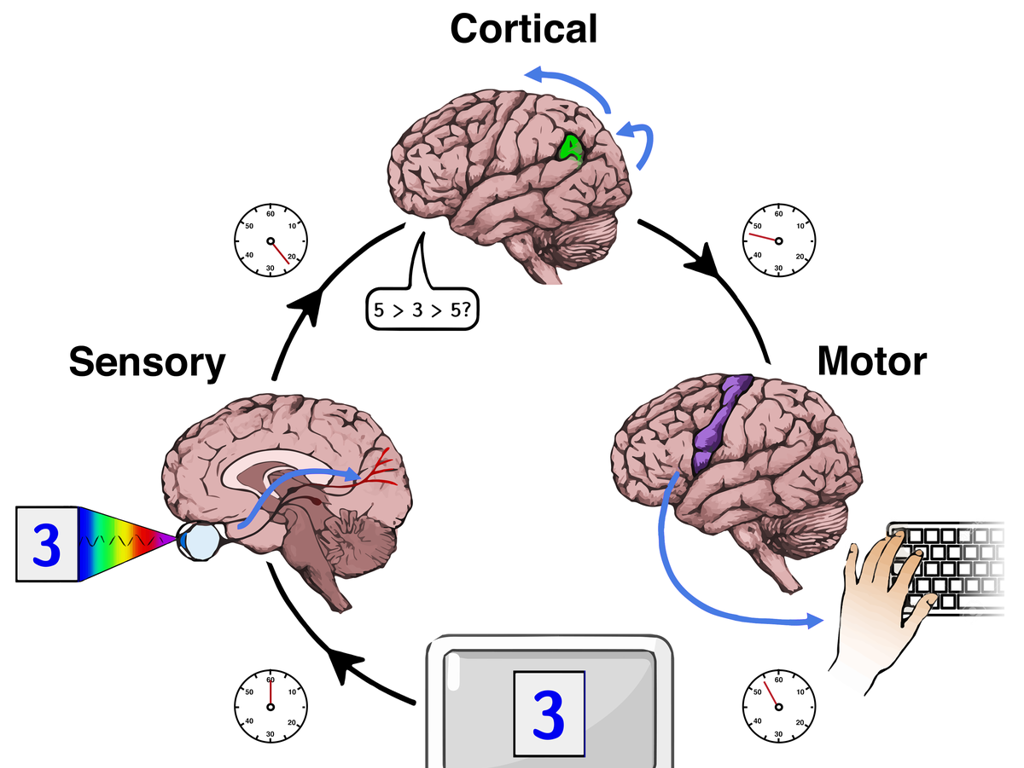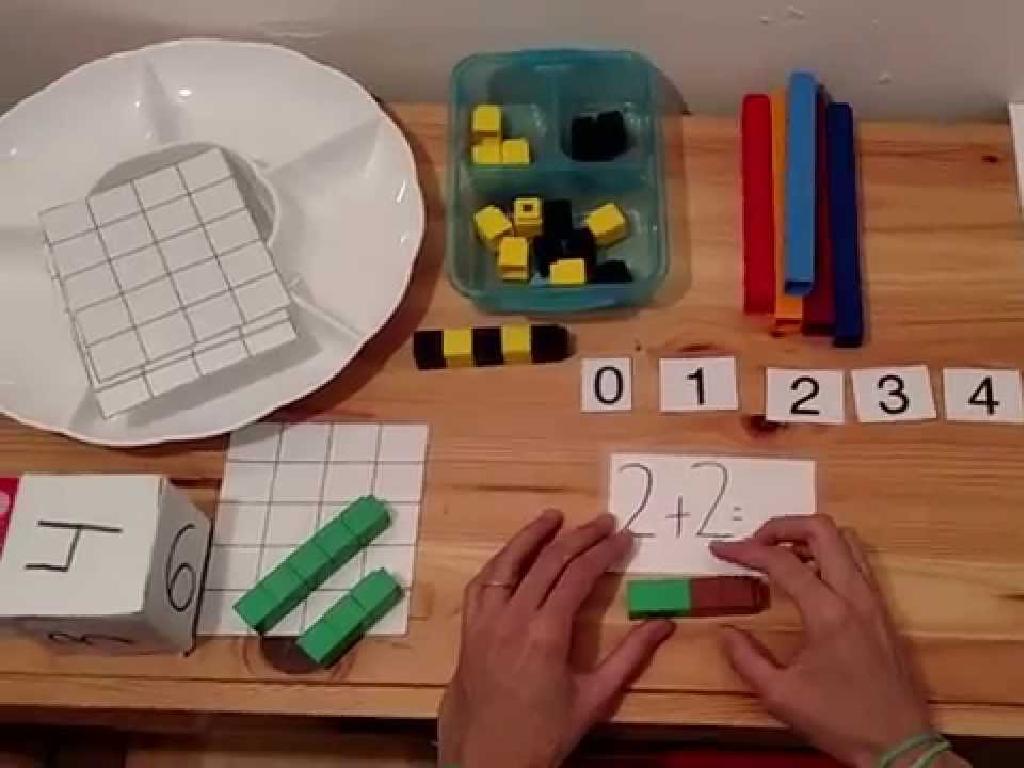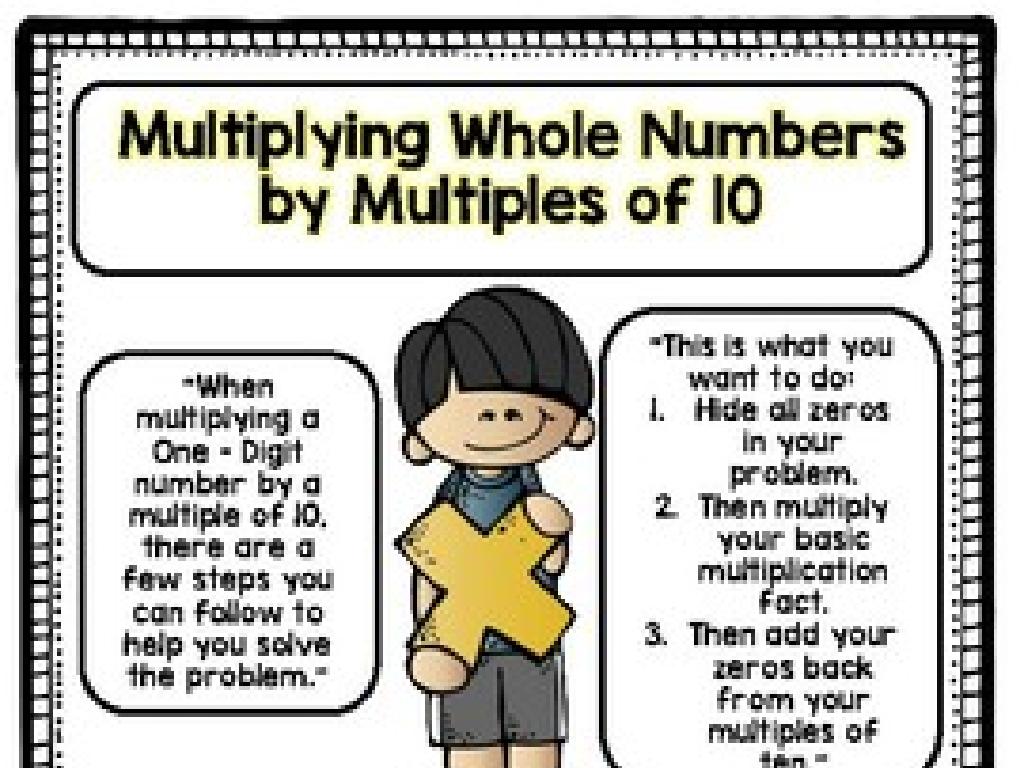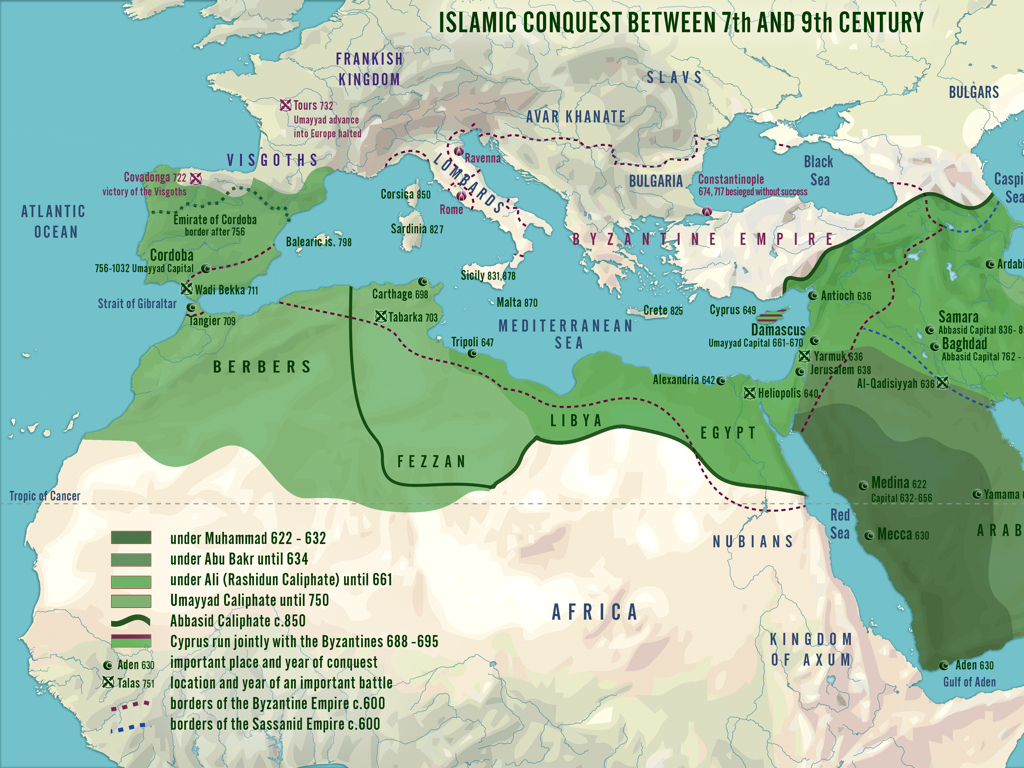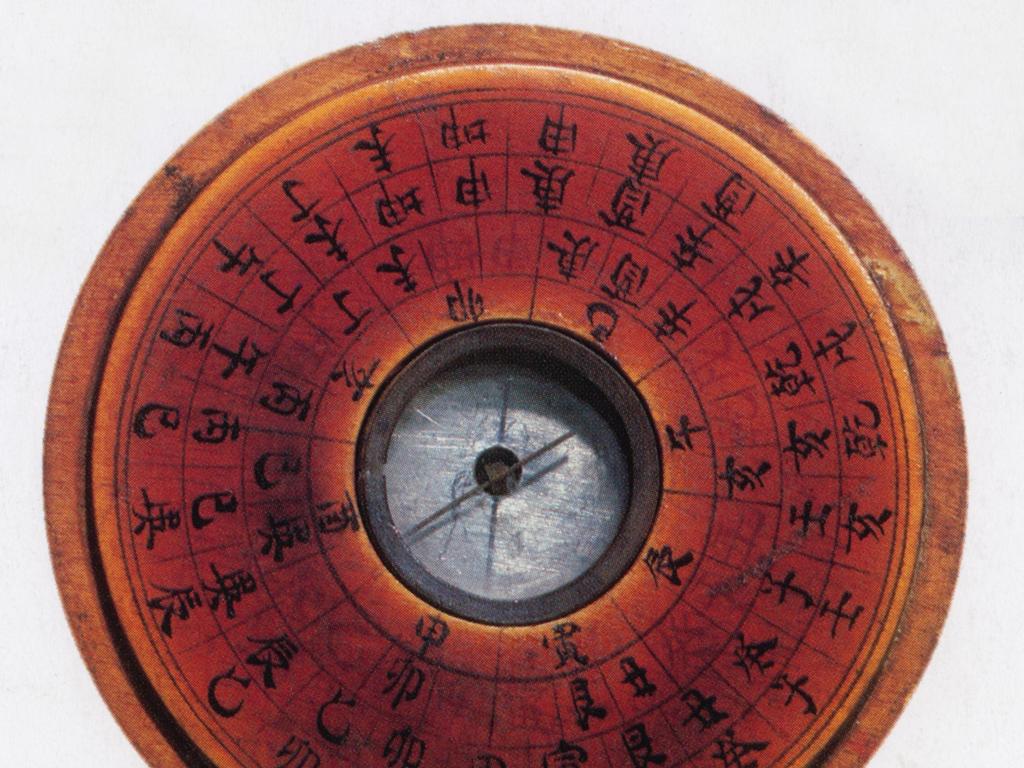Rounding: Up To Millions Place
Subject: Math
Grade: Fourth grade
Topic: Rounding
Please LOG IN to download the presentation. Access is available to registered users only.
View More Content
Welcome to Rounding Numbers!
– Grasping the rounding concept
– Rounding means approximating a number to the nearest place value
– Rounding in daily life
– Helps estimate costs, distances, and time quickly
– Today’s goal: Rounding to millions
– Learn to round numbers as big as millions for better accuracy
– Practice rounding large numbers
– Use examples like rounding population figures or money amounts
|
This slide introduces students to the concept of rounding and its practical applications in everyday life. Begin by explaining that rounding is a way to simplify numbers to make them easier to work with. Discuss how rounding is used in various scenarios, such as estimating the cost of groceries or the time needed to travel. The main objective for today’s lesson is to teach students how to round numbers up to the millions place, which will enhance their mathematical skills and help them deal with large numbers confidently. Provide practice examples, such as rounding the population of a city or the amount of money in a bank account, to reinforce the concept.
Understanding Rounding Numbers
– Rounding makes numbers simpler
– Like approximating 4,356 to 4,360
– Keeps value close to original
– Results are less accurate
– Exactness is lost for simplicity
– Easier numbers to work with
– Helpful in estimating costs and distances
|
Rounding is a fundamental concept in mathematics that simplifies numbers while maintaining a value that is close to the original number. The process of rounding helps in making calculations easier and faster, especially when exact values are not required. It is important to teach students that while the rounded number is less accurate, it is often more practical for everyday use, such as when estimating time, distance, or money. In this lesson, we will explore how to round numbers to the nearest ten, hundred, thousand, and up to the million’s place. Encourage students to think of situations where they might need to round numbers in real life, such as when dealing with money or measuring ingredients for a recipe.
Rounding to the Nearest Ten & Hundred
– Review rounding basics
– Identify the rounding digit
– The digit in the place you are rounding to
– Check the next digit
– If it’s 5 or more, round up. Less than 5, round down
– Visualize with a number line
– A number line helps us see the rounding point
|
Begin with a quick review of rounding to the nearest ten and hundred to refresh the students’ memory. Emphasize the importance of identifying the rounding digit, which is the digit in the place value to which you are rounding. Remind students to always look at the digit to the right of the rounding digit to decide whether to round up or down. If this digit is 5 or more, round up; if it’s less than 5, round down. Use a number line on the board to demonstrate how numbers can be rounded to the nearest ten or hundred, showing how numbers ‘jump’ to the next interval based on the rounding rules. This visual aid will help students better understand the concept of rounding.
Rounding to the Nearest Thousand
– Understanding rounding basics
– Example: Round 3,482
– We round 3,482 to 3,000 because the hundreds place is 4
– Check the hundreds place
– The hundreds place is 4, less than 5, so we round down
– Decide to round up or not
|
This slide introduces students to the concept of rounding numbers to the nearest thousand. Start by explaining the basic principle of rounding and why it is useful for estimating numbers. Using the example of 3,482, demonstrate how to look at the hundreds place to determine whether to round the number up or down. Since the hundreds digit is 4, which is less than 5, we round down to 3,000. Emphasize that if the hundreds place was 5 or more, we would round up to the next thousand. Encourage students to practice with more examples and to explain their reasoning for rounding up or down.
Rounding Large Numbers
– Round 47,685 to ten thousand
– 47,685 rounded to the nearest ten thousand is 50,000
– Round 347,685 to hundred thousand
– 347,685 rounded to the nearest hundred thousand is 300,000
– Rules for rounding up
– If the digit to the right is 5 or more, round up. Otherwise, keep the same
– Practice rounding numbers
|
This slide introduces students to the concept of rounding large numbers to the nearest ten thousand and hundred thousand. Start with the example of rounding 47,685 to the nearest ten thousand, which rounds up to 50,000 because the digit in the thousand’s place is 7 (5 or above). Then, show how to round 347,685 to the nearest hundred thousand, which rounds down to 300,000 because the digit in the ten thousand’s place is 4 (less than 5). Explain the rule that if the digit to the right of the rounding place is 5 or more, we round up to the next number. If it’s less than 5, we keep the number the same. Encourage students to practice with different numbers to solidify their understanding.
Rounding to the Nearest Million
– Example: Round 2,345,678
– How to round 2,345,678 to the nearest million?
– Look at the hundred thousand’s place
– The digit in hundred thousand’s place is 3
– Decide to round up or down
– If it’s 5 or more, round up. Otherwise, round down.
– Practice rounding different numbers
|
This slide introduces students to the concept of rounding large numbers to the nearest million. Start with the example 2,345,678 and guide students to look at the hundred thousand’s place, which is 3 in this case. Explain that if this digit is 5 or more, they should round up to the next million, and if it’s less than 5, round down to the previous million. Encourage students to practice with different numbers, both in the millions and with different hundred thousand’s digits, to solidify their understanding of the rounding process. Provide additional examples and practice problems to ensure students are comfortable with rounding to the nearest million.
Rounding Practice: Large Numbers
– Round to nearest hundred thousand
– Example: 1,234,567 becomes 1,200,000
– Round to nearest million
– Example: 5,678,912 becomes 6,000,000
– Understand place value
– Use rounding rules
|
This slide is designed for a class activity where students will practice rounding large numbers to the nearest hundred thousand and million. Start by reviewing place value to ensure students can identify the hundred thousand and million places in a number. Then, apply the rounding rules: if the digit to the right is 5 or more, round up; if it’s 4 or less, round down. For the first example, 1,234,567, the digit in the hundred thousand place is 2, and the digit to its right is 3, so we round down to 1,200,000. For the second example, 5,678,912, the digit in the million place is 5, and the digit to its right is 6, so we round up to 6,000,000. Encourage students to work through these examples and provide additional ones for practice. Discuss the importance of rounding in everyday life, such as estimating costs and distances.
Class Activity: Rounding Relay!
– Teams solve rounding problems
– One number per team member
– Pass to the next after solving
– First team with correct answers wins!
|
This activity is designed to be a fun and interactive way for students to practice rounding numbers up to the millions place. Divide the class into small teams, and provide each team with a set of rounding problems. Each student on the team is responsible for rounding one number before passing the worksheet to the next team member. This continues until all problems are solved. The first team to finish with all answers rounded correctly wins a small prize. This encourages teamwork, quick thinking, and reinforces the concept of rounding. Possible variations of the activity could include a mix of rounding up and down, using number lines for visualization, or incorporating word problems that require rounding to solve.
Rounding Up to the Millions: Wrap-Up & Homework
– Congratulations on mastering rounding!
– Rounding makes numbers simpler
– It helps us estimate and make numbers easier to work with
– Homework: Rounding worksheet
– Complete the provided worksheet to practice rounding up to the millions
– Practice makes perfect
|
Great work today, students! You’ve learned a valuable skill that will help you in math and in everyday life. Rounding is a tool we use to simplify numbers, making them easier to understand and work with, especially when exact values are not necessary. For homework, please complete the rounding worksheet, which will give you a chance to apply what you’ve learned about rounding numbers up to the millions place. Remember, practice is essential to mastering this skill, so take your time with the worksheet and check your work carefully. We’ll review the answers in our next class.

